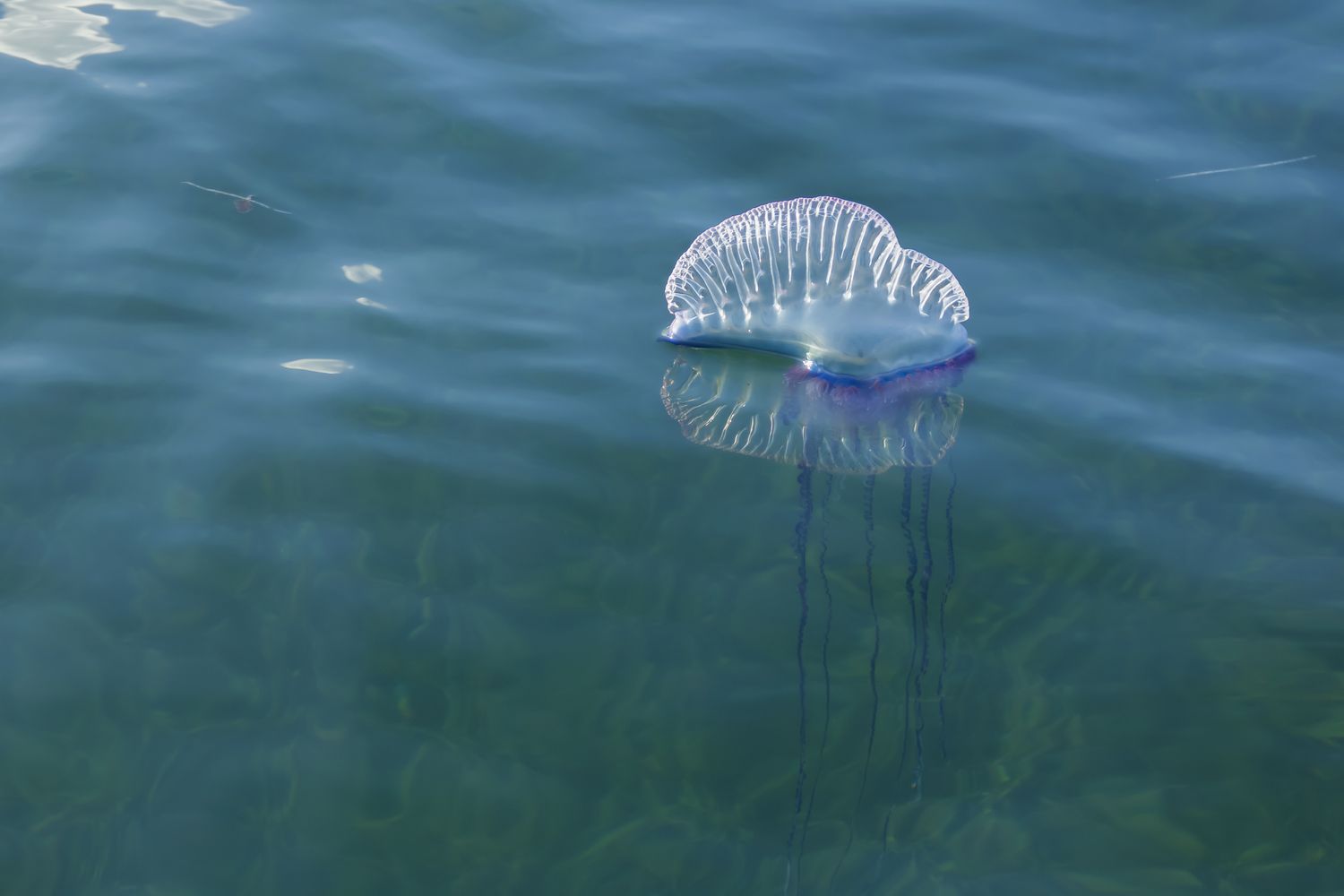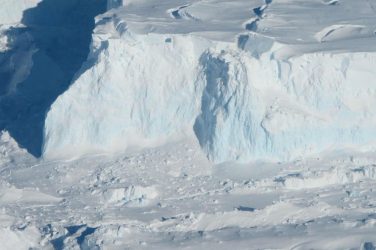According to a report by the Marine Conservation Society (MCS), Britain’s seas are becoming populated with large groups of unusual jellyfish, which are normally found in warmer waters. The cause is due to the climatic collapse.
Thousand of volunteers take part in the MCS report and tell the conservation team which species of jellyfish and turtles they have seen. Between 1 October 2021 and 30 September 2022, there were a total of 1,315 jellyfish sightings reported to the MCS. This year in the UK and Ireland 11 species of jellyfish have been sighted, while there are normally seen eight species, and visitors have been rarer.
In particular, 3% of total sightings were bioluminescent crystal jellyfish: these animals, usually found in the Pacific Ocean, are nearly completely transparent, but give off an amazing green-blue light under certain circumstances because of the fluorescent protein produced by their bodies. 1% of the sightings were sea gooseberries. These were both the highest percentages reported to date. However, warmer temperatures may affect jellyfish diversity in the UK.
According to data, last year there was an increase in sightings of the notorious portuguese man o’war, a jellyfish-like creature that can deliver a sting powerful enough to kill a human. Those were up by 2% from the previous year. The charity reported an increase in “other” species seen, up from 5% to 9% this year.
However, the number of jellyfish species and their abundance could further increase due to climate change.
Amy Pilsbury, the citizen science project lead at the MCS, said: “Changes in jellyfish abundance can be affected by lots of different climate change factors, like sea surface temperature, salinity, pH, oxygen availability, and habitat changes. Future climates will change marine dynamics even further and continue to influence planktonic communities.”
Furthermore, she added: “Jellyfish are highly resilient and adaptable to changes in environmental conditions. This sometimes results in large jellyfish blooms of hundreds, or even thousands, of individuals. These can disrupt marine ecosystems and be extremely damaging to human activities.
As a consequence, almost 20-year- long data from the Marine Conservation Society can be used alongside climate data to investigate how changes in our ocean are impacting our ocean visitors.









Show Comments